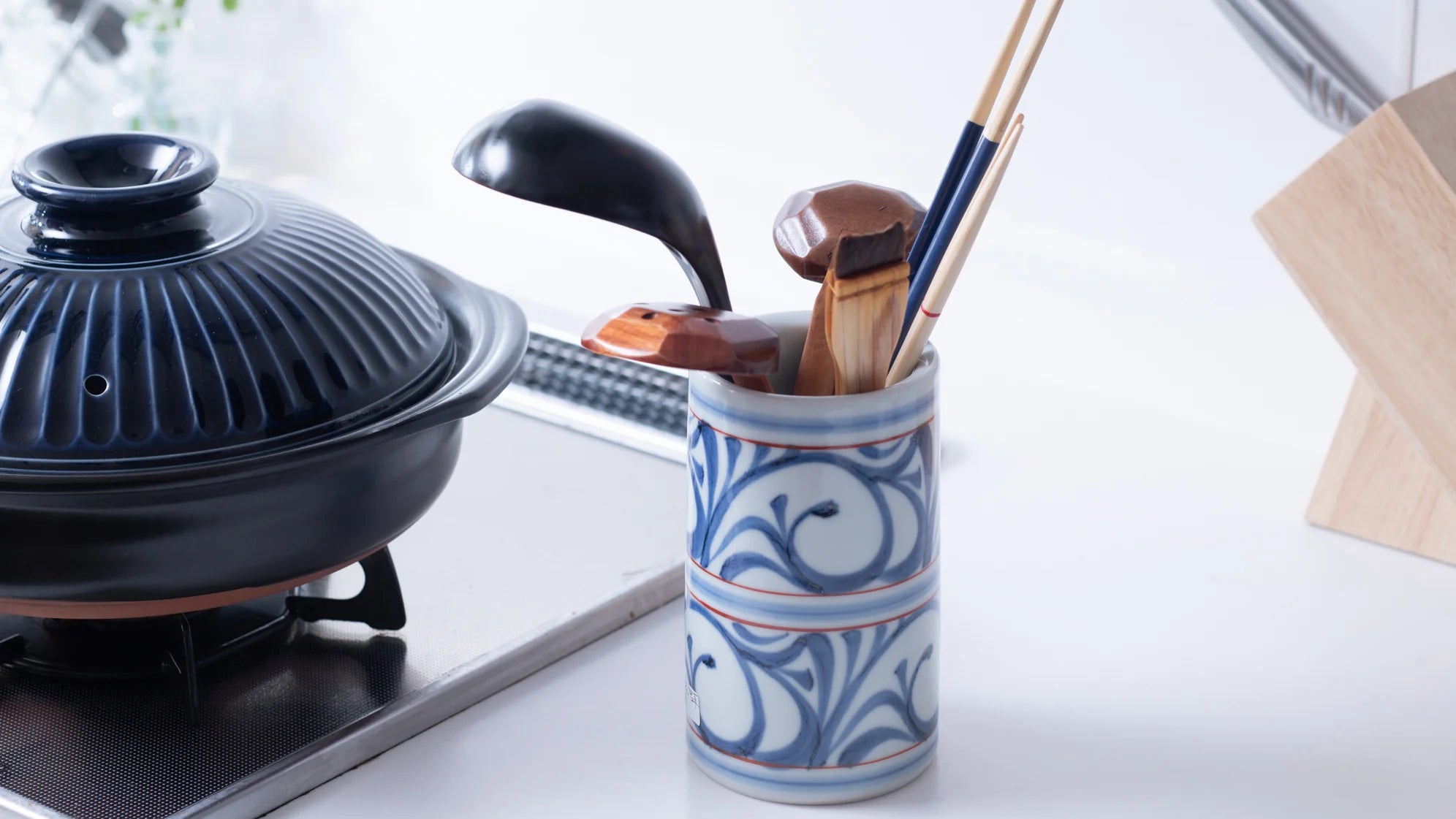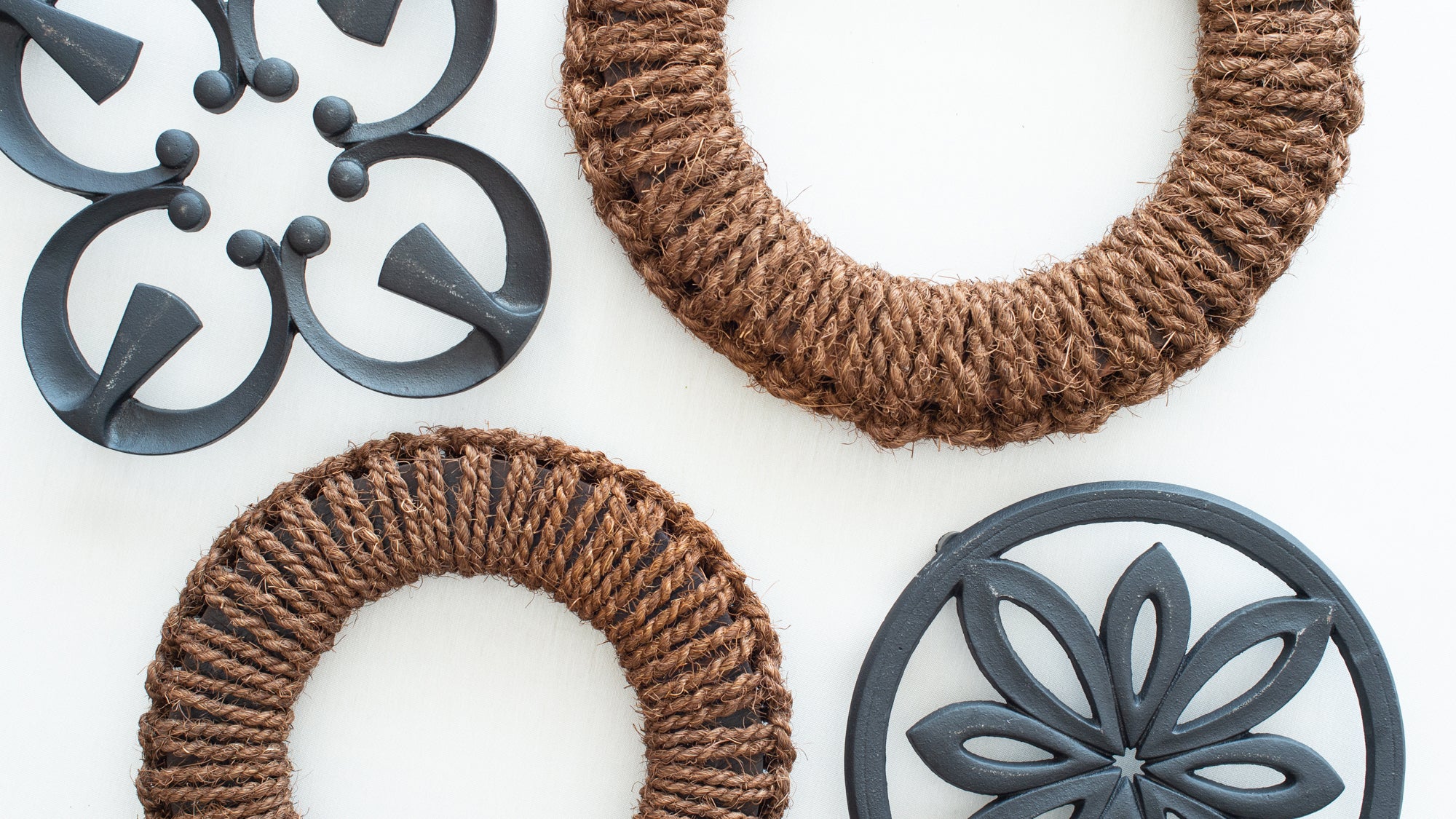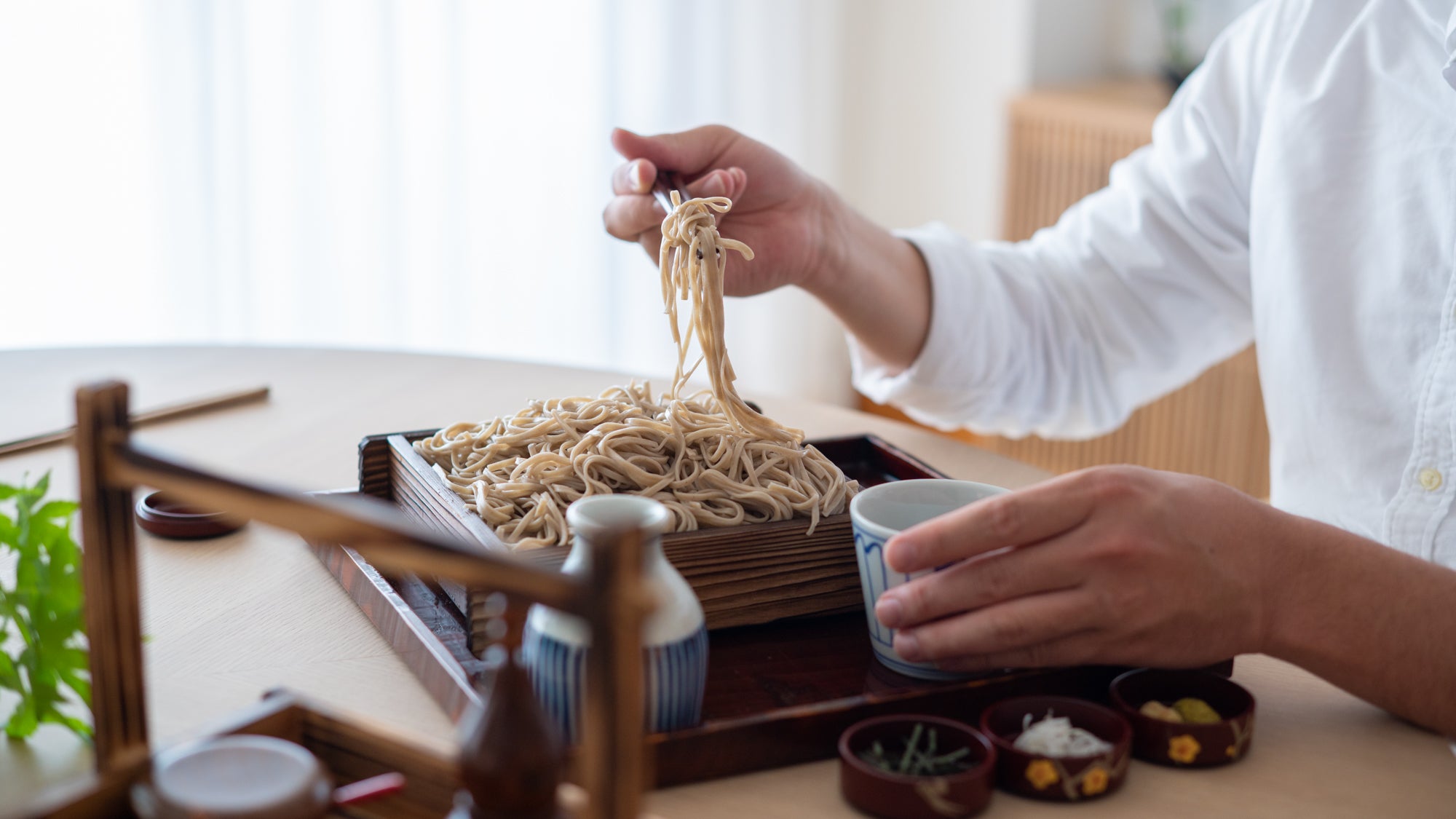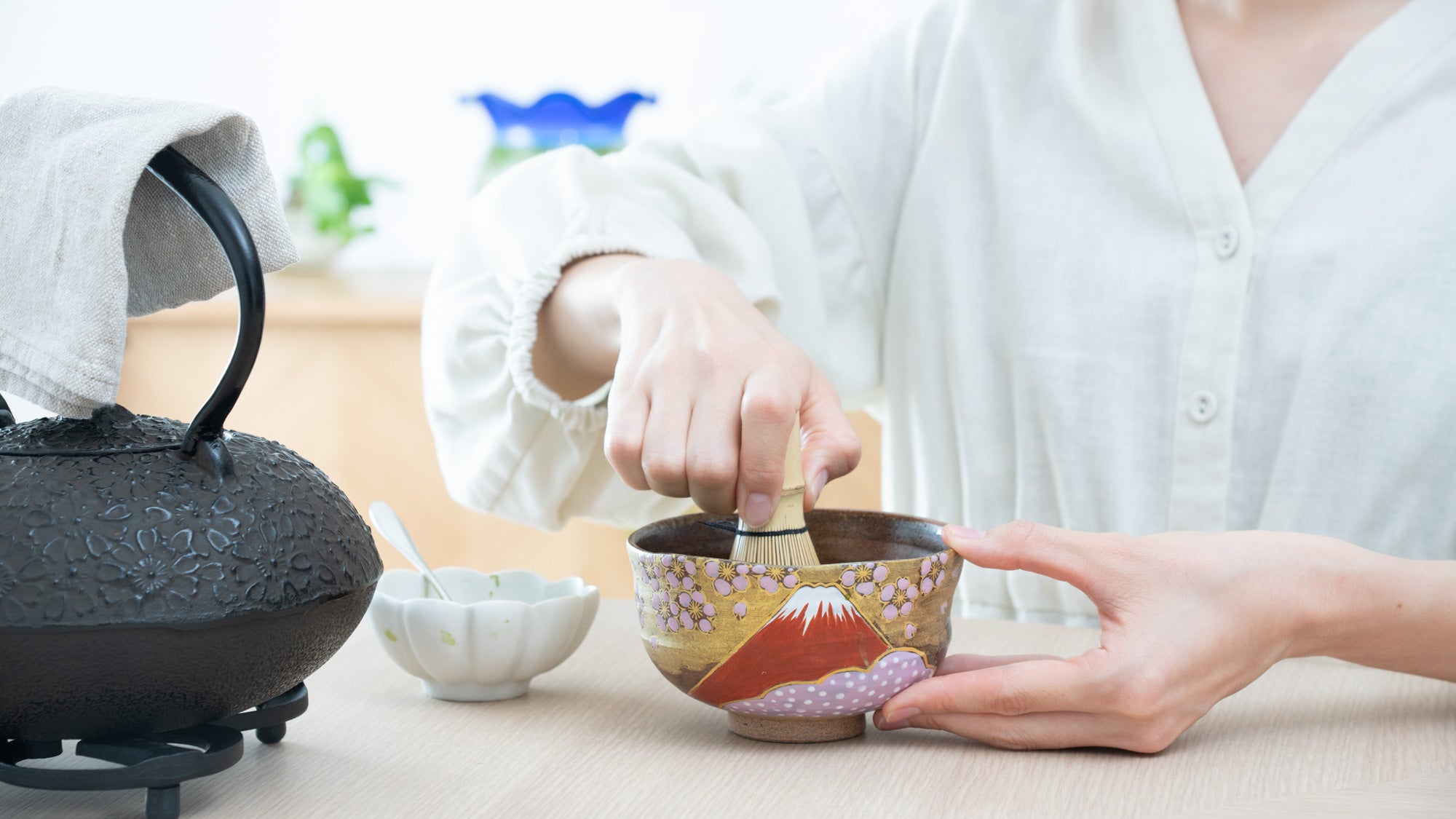26 December 2022
Learn about Traditional Japanese Motifs for Winter

Japan has four seasons to enjoy. Each of the four seasons has its own characteristics and motifs that symbolize these characteristics. Some of these motifs have auspicious meanings and are used in various aspects of daily life.
December marks the beginning of a full-fledged winter, and we begin to see cute motifs in many events such as Christmas (Santa Claus), New Year (Japanese zodiac signs), and Setsubun (demon). If you are conscious of it, you can also find lucky patterns unique to winter in various places and occasions. They can be found on kimonos worn during the New Year's holiday, on the designs of Japanese sweets that are sold during winter in stores, and of course, on Musubi Kiln’s items! We would like to introduce some of the winter auspicious patterns and the meaning behind them.
Contents
- Nandina
- Camellia
- Sparrow
- Crane
- Plum
Nandina

The lovely appearance of the nandina is similar to that of the red berry used in Christmas wreaths overseas. It is believed to be effective in repelling evil spirits and fire, and was often planted in front of entrances during the Edo period (1603-1868). Nandina is said to be best planted in the southwest direction, known as the "devil's gate." Since ancient times, it has been planted in gardens as a tree that "turns around difficult situations and brings good luck." Nandina is also used to pray for safe delivery and as a flower for New Year's decorations.

Fukunishi Sobe Spear Flower Aizu Lacquerware Soup Bowl with lid
View ItemLook no further than the traditional Japanese soup bowl. With its high foot and lid, it is perfect for ceremonial occasions or everyday use. The elegant design and gold painting of spear flowers give it an air of sophistication, while the glossy texture adds a touch of beauty. Whether you are serving miso soup or another type of broth-based dish, the Japanese soup bowl is a great choice.
View CollectionCamellia

Camellias bloom beautifully in the cold winter weather. The camellia has long been loved by the Japanese people and is one of the most representative flowers of Japan. Its dignified appearance has been widely accepted overseas as an oriental beauty, and it has been called the Japanese rose.
The camellia is considered an auspicious flower, symbolizing "perseverance" and "vitality" because of its dignified blooming even in the coldest of winters. The camellia is an evergreen tree that maintains its green leaves without withering even during the cold winter months. Evergreen have been considered to have magical powers, sacred trees with mysterious powers since ancient times, which is why they are often planted in temples. It is also a tree that has been cherished as a "sacred tree" because it is believed to have the power to ward off evil spirits.

Ginsai Camellia Kutani Sake Set
View ItemSake is traditionally served in small cups or glasses, and is often drunk during special occasions such as weddings or holiday celebrations. The camellia motifs on this beautiful sake set are created using the Ginsai technique, which involves applying five-color glaze over silver foil. The result is a stunningly transparent and glossy finish that is further enhanced by gradient colors.
View CollectionSparrow

A sparrow is very cute in the cold weather, curling up with air in their feathers to shelter from the cold. It is a common small bird found near residences in Japan. The Japanese idiom "bamboo and sparrow" is an example of a good combination of things. The combination of the evergreen bamboo (bamboo grass) with its deep and wide roots and the sparrow is said to represent "prosperity of offspring" and "prosperity of the family." The pattern of the sparrow means "to ward off evil," "safety in the home," and "wealth and abundance."

Twin Sparrows Kutani Japanese Rice Bowl Pair
View ItemRice bowls make perfect gifts for married couples celebrating their marriage, as well as for best friends, siblings, or parents and children.
This pair of Japanese rice bowls is the work of Toshito Nakamura who is a highly skilled Japanese artist who specializes in Kutani Ware. His work is characterized by its delicate and intricate color painting, often featuring sparrows. Nakamura's work is highly regarded for its gentle line drawing and neutral colors. His detailed designs are truly unique and add a touch of beauty to any home.
Crane

Every winter, cranes come to Japan from Russia and China to spend the winter. Since ancient times, they have been said that "a crane lives for a thousand years and a tortoise for ten thousand years," symbolizing longevity. They are also a symbol of conjugal love, as they are said to be a good match for married couples and stay with them throughout their lives. For these reasons, they are prized and incorporated into various occasions as an indispensable good-luck symbol for congratulatory ceremonies.

Two Cranes and Landscape Kutani Japanese Flower Vase
View ItemThis beautiful Kutani Ware vase features a painting of cranes and "sansui." Sansui is a type of landscape painting that often features blue-green tones. These light gold-colored areas are said to create an elegant atmosphere, reminiscent of a morning mist. You can often feel as though you are seeing a real landscape rather than a painting. Sansui can be used to simply add an elegant and sophisticated touch to your room, or it can be enhanced with flowers or greenery.
View CollectionPlum

The plum tree has been considered a symbol of good fortune because its leaves do not wither even in cold winters. Amid the severe cold weather, the plum blossom blooms earlier than any other flowers and produces a large number of fruits. For this reason, the ume pattern is a symbol of perseverance, vitality, and prosperity of offspring, and is a representative auspicious pattern of good fortune.

Plum Maki-e Yamanaka Lacquerware Small Three Tiered Box
View ItemThis little Yamanaka Lacquerware box is just the thing for storing delicacies, condiments, accessories, and one's special treasures. This charming little box is decorated with an intricate picture of plum blossoms, using the traditional Japanese lacquerware technique of "Maki-e." The Maki-e technique used to create this design is truly artful, and makes this box an excellent addition to any table or home décor.
View CollectionEach of these patterns, which have been used in Japan since ancient times, has an interesting origin reflecting Japanese culture, history, and climate, as well as a meaning that has been used to express wishes for good fortune. When looking for a gift for your loved one, understanding the meaning and background of the patterns will help you choose an item more thoughtful and suitable for the scene in the recipient's life. Knowing the origin and meaning of Japanese patterns, it would be a good idea to incorporate not only their wonderful designs, but also the Japanese cultural sophistication and wishes for good fortune that have been handed down from our predecessors into our daily lives.



























































































































































































































